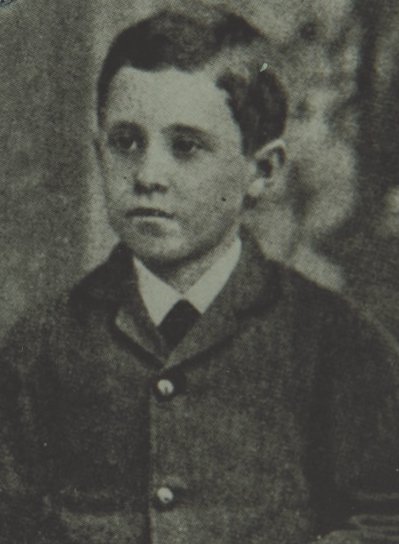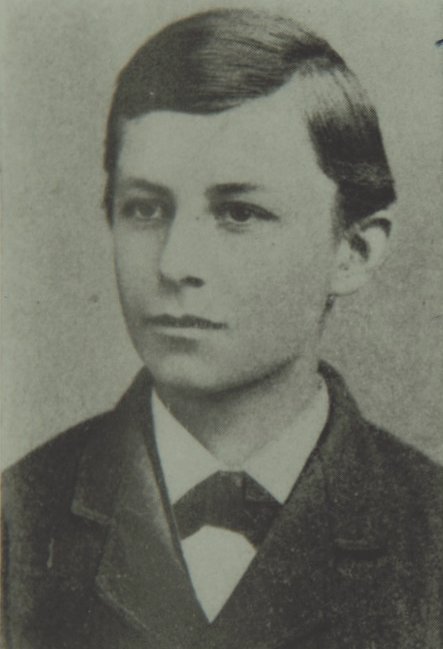The aviation pioneers: those from the early days of aviation who were the first to fly came from a variety of backgrounds. But it seems that they all had a sense of invention, adventure and natural curiosity from a young age. No where is this more clear than with the Wright Brothers, who built both a printing press and bicycles as young men.


Orville and Wilbur Wright, who were two of seven Wright siblings. Twins Otis and Ida Wright died in Infancy.


Although the Wright's first powered flight in 1903 is their most famous, they painstakingly tested manned and unmanned gliders before the December 17th, 1903 flight of the Wright Flyer.
Glenn Curtiss is known for innovative aircraft designs and as a flight instructor for many pioneering aviators. However, before he was involved in aeronautics, the native New Yorker, was captivated by motorcycles. In fact, Curtiss was "the fastest man in the world" after he set a record of 136MPH in a motorcycle he designed and built.


In addition to motorcycles, Curtiss experimented with other types of engine powered craft, including boats and airships, before focusing on aircraft.
John J. Montgomery made the first heavier than air controlled gliding flights in America. But before he designed and made his gliders, he studied birds near San Diego Bay to understand the basics of Aerodynamics. As Montgomery continued to experiment with his gliders, and encountered problems, he often returned to studying birds to see how they dealt with similar issues he encountered, like side gusts.


Montgomery document his experiments and observations in his Manuscript "Soaring Flight" which was digitized by San Diego Air and Space Museum.
Some pioneers did not wait till adulthood to make their mark on aviation. For example, Waldo Waterman was only 15 when he made a flight in a glider he built by himself in 1909, and it was only a year later that he made a successful flight in an airplane he built with friend Kenneth Kendall. He is one of the first, if not the youngest pilots to fly in California.


After Waterman's glider flight, he and Kendall had planned to fly their airplane at the 1910 Dominguez Air Meet, but it was not ready in time. Instead, they flew it later in 1910 on North Island.


Waterman would go on to build and design innovative aircraft, such as the Aeromobile.
Another pioneer who didn't wait to become an adult to make her mark was Georgia "Tiny" Broadwick. At only 15 years of age, Tiny made her first parachute from a balloon. And she was only 20 years old when she made the first parachute jump from an airplane by a woman.


Tiny made several jumps from the sky above San Diego, including a demonstration for the military at North Island.
Next Page: The Record Breakers.
2001 Pan American Plaza, San Diego, CA
Phone: 619.234.8291
Información En Español
Contact Us
We would like to thank all our sponsors who help us make a difference. Click here to view all who help us.

The San Diego Air & Space Museum is a 501(c)(3) non-profit organization. Federal Tax ID Number 95-2253027.
